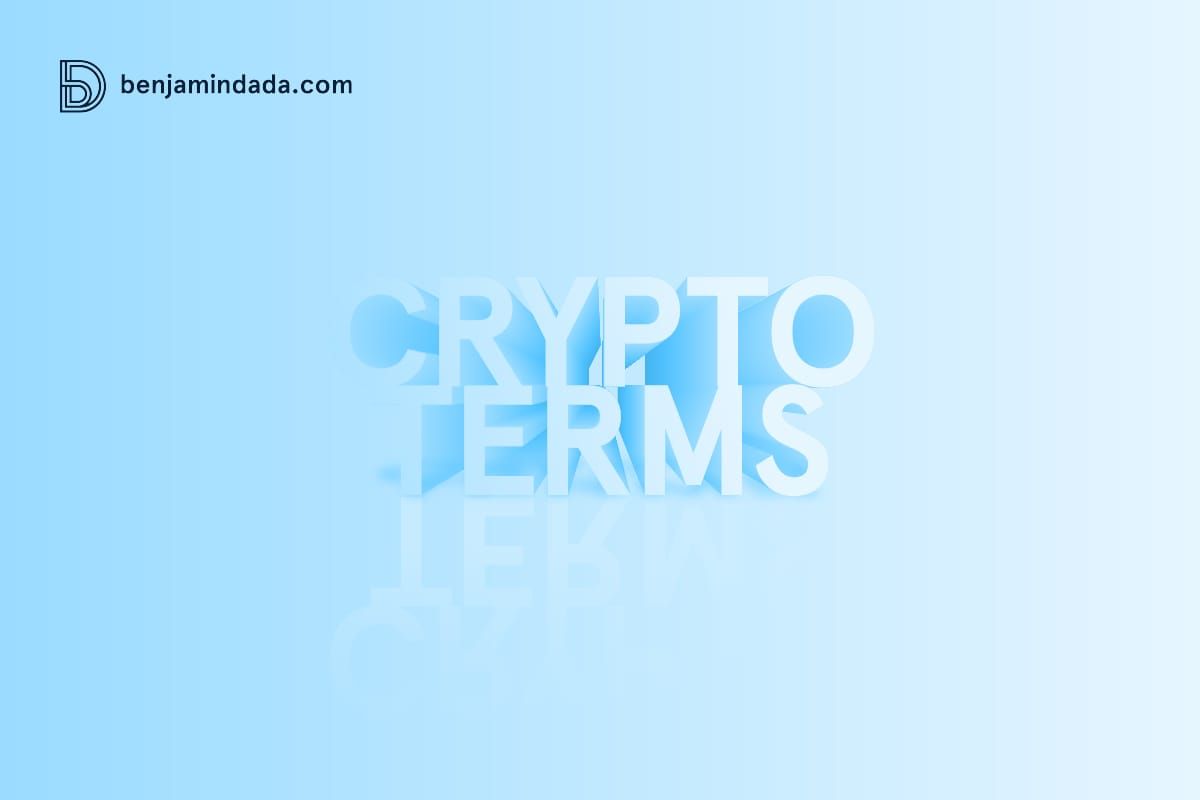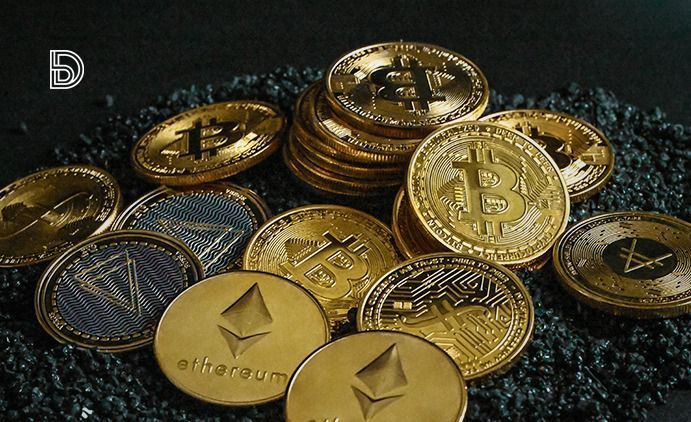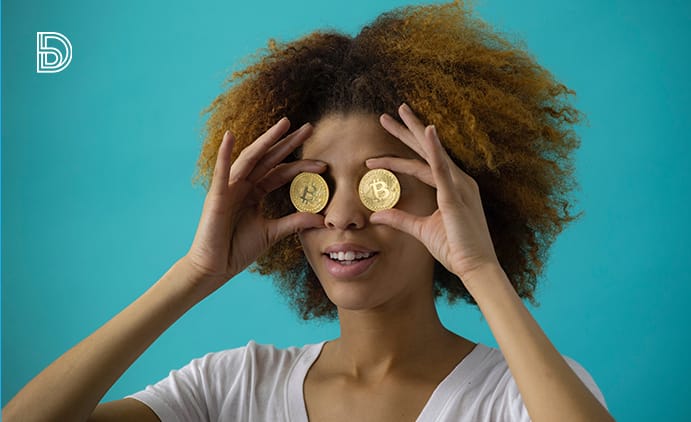10 crypto terms you must know
10 Crypto concepts you need to fully grasp as crypto enthusiasts and even experienced players in the industry.

Do you know what Rug Pull means? How about “catch a falling knife”? To the Moon? Gas? The difference between a coin and a token? These and many more are some of the words that get thrown around in the crypto industry.
Oftentimes these concepts sound like Mandarin to crypto enthusiasts and even experienced players in the industry. To help you better comprehend these concepts, here’s a quickfire explainer on 10 geeky crypto terms. They are Airdrop, Gas, Tokens, Coins, Mine, Mint, Gas, Falling knife, Moon and Rug Pull.
Airdrop
In the crypto and NFT world, “airdrop” refers to sending cryptocurrency, tokens, or NFTs for free to different wallet addresses (user accounts). It is a marketing strategy that seeks to promote awareness of a new virtual currency.
It can also be a promotional event where free crypto coins/tokens are sent to the participants. Yes, you read that right, FREE! This is usually in return for a small service, such as retweeting a post sent by the issuing company.
Gas
Gas is a fee users pay to a blockchain network. This fee is paid to the “miners” of a blockchain network to compensate for the computing energy required to process and validate transactions. Gas fees differ from network to network and are volatile.
Meanwhile, “gas limit” refers to the maximum amount of gas (energy) users are willing to spend on a transaction.
Tokens
Crypto tokens are a type of cryptocurrency that represents an asset or specific use. Most tokens don’t have their own blockchain so they reside on another blockchain. They can be used for investment purposes, store value, make purchases or used to fundraise for crowd sales.
Tokens can also serve as a substitute for other things. They are usually created, distributed, sold, and circulated through the standard initial coin offering (ICO) process, which involves a crowdfunding exercise to fund project development.

Coins
A coin is essentially a medium of exchange or store of value within a digital economic network. It operates on its own independent blockchain and acts like a native currency within a specific financial system.
A coin, as a unit of currency, can be traded for an agreed value based on current market conditions. At times, it can be exchanged for a different coin or token that belongs to another blockchain, either through a cryptocurrency exchange or through private transfers (like peer-to-peer and OTC trades).
Mine
To “mine” in crypto is to gather, verify and record cryptocurrency transactions in a digital ledger known as the blockchain. The process (verification and recording) involves solving a cryptographic problem.
The first miner to solve it gets to add the current block on the blockchain and receive newly minted tokens as a reward. Mining in crypto is an activity that involves recording and confirming the legitimacy of transactions on the blockchain, a digital public ledger.
To perform the verification process and receive cryptocurrency as a reward, the crypto miner needs to solve highly complex cryptographic mathematical problems.

Mint
In cryptocurrency, minting is a decentralised method that enables a person to generate a new token without the involvement of a central authority, such as the government or the bank. It means, validating information, creating a new block, and recording that information into the blockchain.
You can mint either a non-fungible token or a crypto coin. Crypto minting is similar to real-life minting: there is no limit to how much money we can print, except that the printing must be controlled to prevent excessive inflation.
Moon
This is a common term that is often employed as a verb (mooning) to describe a cryptocurrency that is under a strong upward market trend or is about to rise significantly in price.
The saying, “To the moon!” is often used in crypto and NFT space. Similarly, if something is “mooning”, that means the price of a coin or NFT is experiencing a spike or going to skyrocket.
Dead Cat Bounce
Coined from Wall street, the term dead cat bounce is used to describe a brief recovery in the price of a declining asset, shortly followed by a continuation of the downtrend. It came from the phrase that “even a dead cat will bounce if it falls from a great height.”
Dead Cat Bounce may be used as a technical analysis pattern for cryptocurrency traders. The pattern may be included in the group of continuation patterns, which means it could be used to forecast the continuation of previous major price movement.
Rug Pull
A rug pull in the crypto industry is when a development team suddenly abandons a project and sells or removes all its liquidity. The name comes from the phrase to pull the rug out from under (someone), meaning to withdraw support unexpectedly.
Most crypto projects are anonymous. This makes it easy for a team or owner to rug pull without risking their identity. Rug pulls are common in DeFi as tokens can be created easily and then listed on DEXs with little to no knowledge of your customer.
Falling Knife
There's a Wall street proverb that states, "if you like to catch falling knives, you might need a good surgeon with plenty of stitching thread to accompany you." The term falling knife (also known as "Catching a Falling Knife" or "Catching the Bottoms") refers to the action of buying an asset rapidly declining in price.
If a trader successfully "catches the knife," buying the asset very close to its recent bottom, they would make a good profit on the way up. Trying to catch a falling knife is undoubtedly a dangerous endeavour. In reality, though, most knife-catching attempts fail and often result in significant losses.
There you have it. If you familiarise yourself with these words you are well on your way to becoming an expert in crypto. But don’t relent. Keep learning and expanding your knowledge base in the world of cryptocurrencies.








